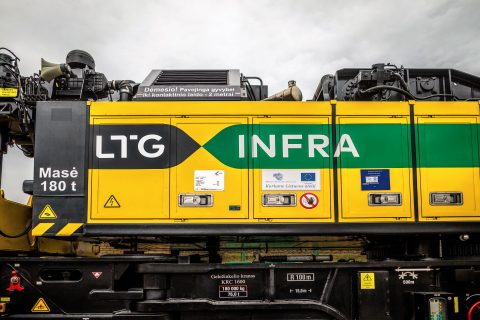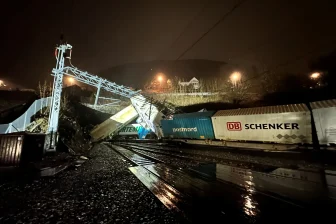
Lithuania’s infrastructure manager plans to greatly improve rail capacity
LTG Infra, Lithuania’s railway infrastructure manager, has set ‘ambitious goals’ to improve the capacity on its railway network, which is mostly single section and has several congested lines. The company has carried out an in-depth analysis of railway capacity utilisation and will initiate changes in legislation for more efficient network management. Also, LTG Infra is upgrading traffic management and other systems with the same goal of more capacity.
Want to read more?
You have read all of your free premium articles for this month. Please become a subscriber to keep reading.
Subscribe now!
Take advantage of our exclusive offer to get full access to all premium content.



